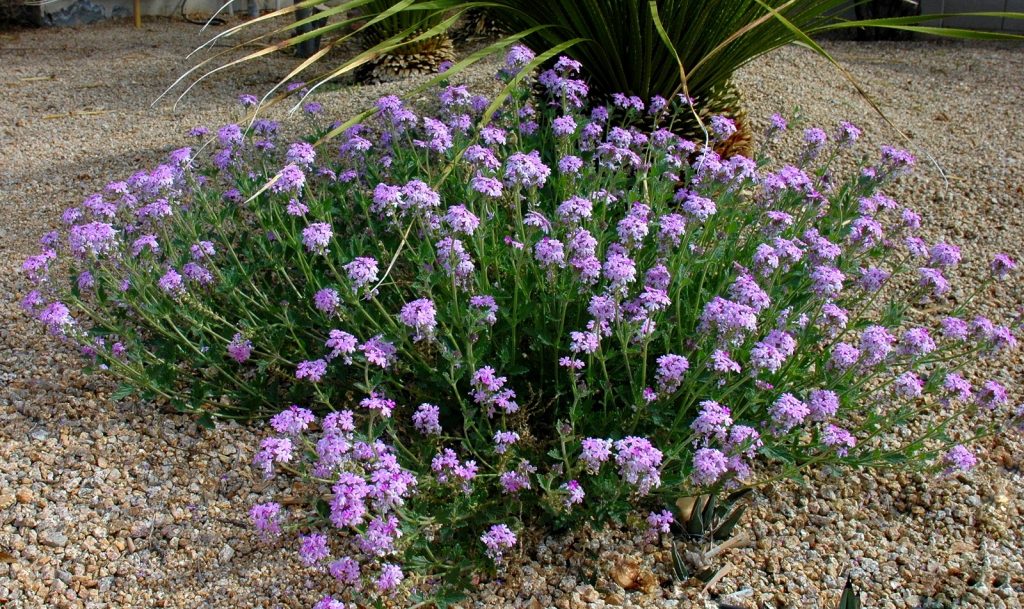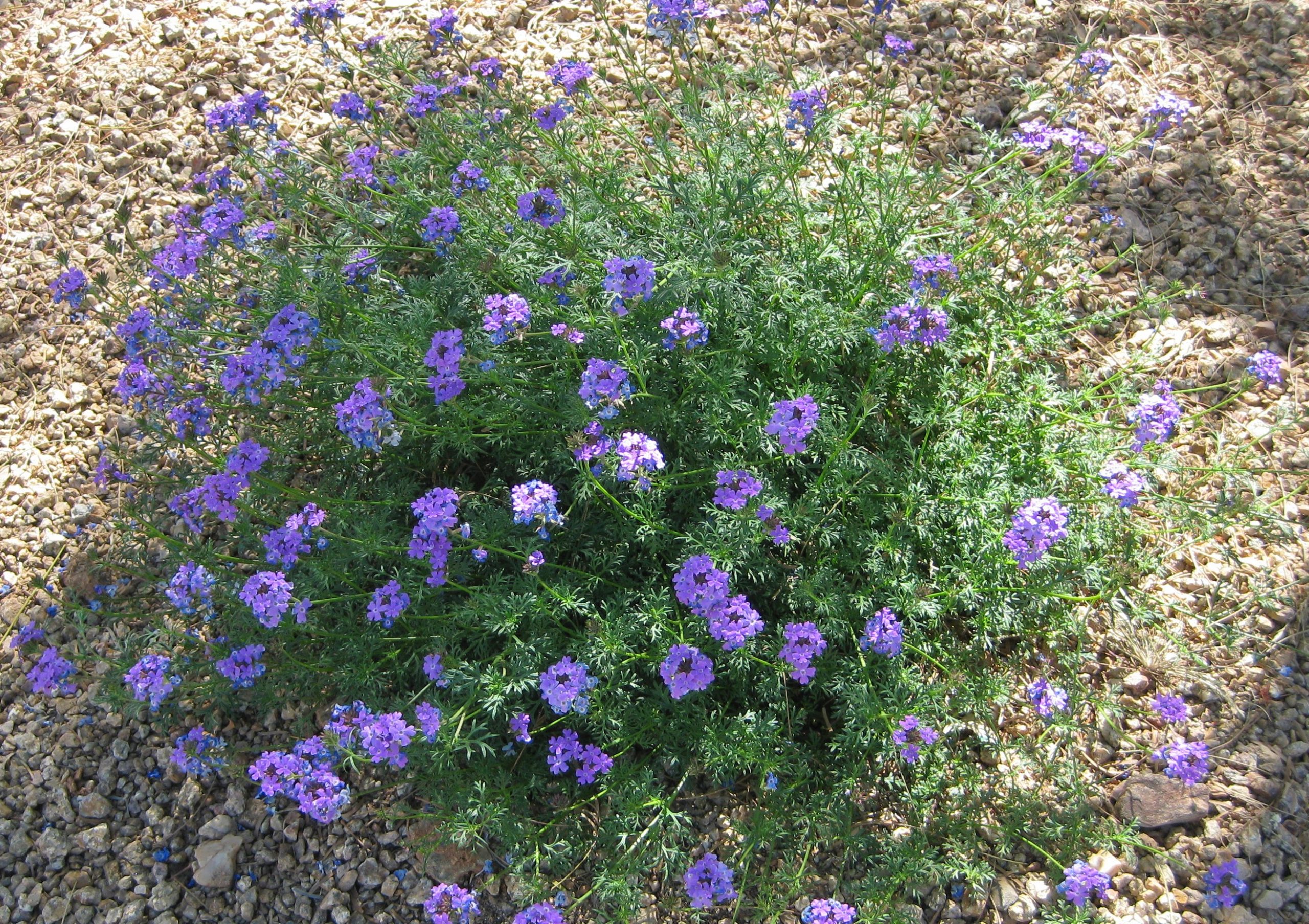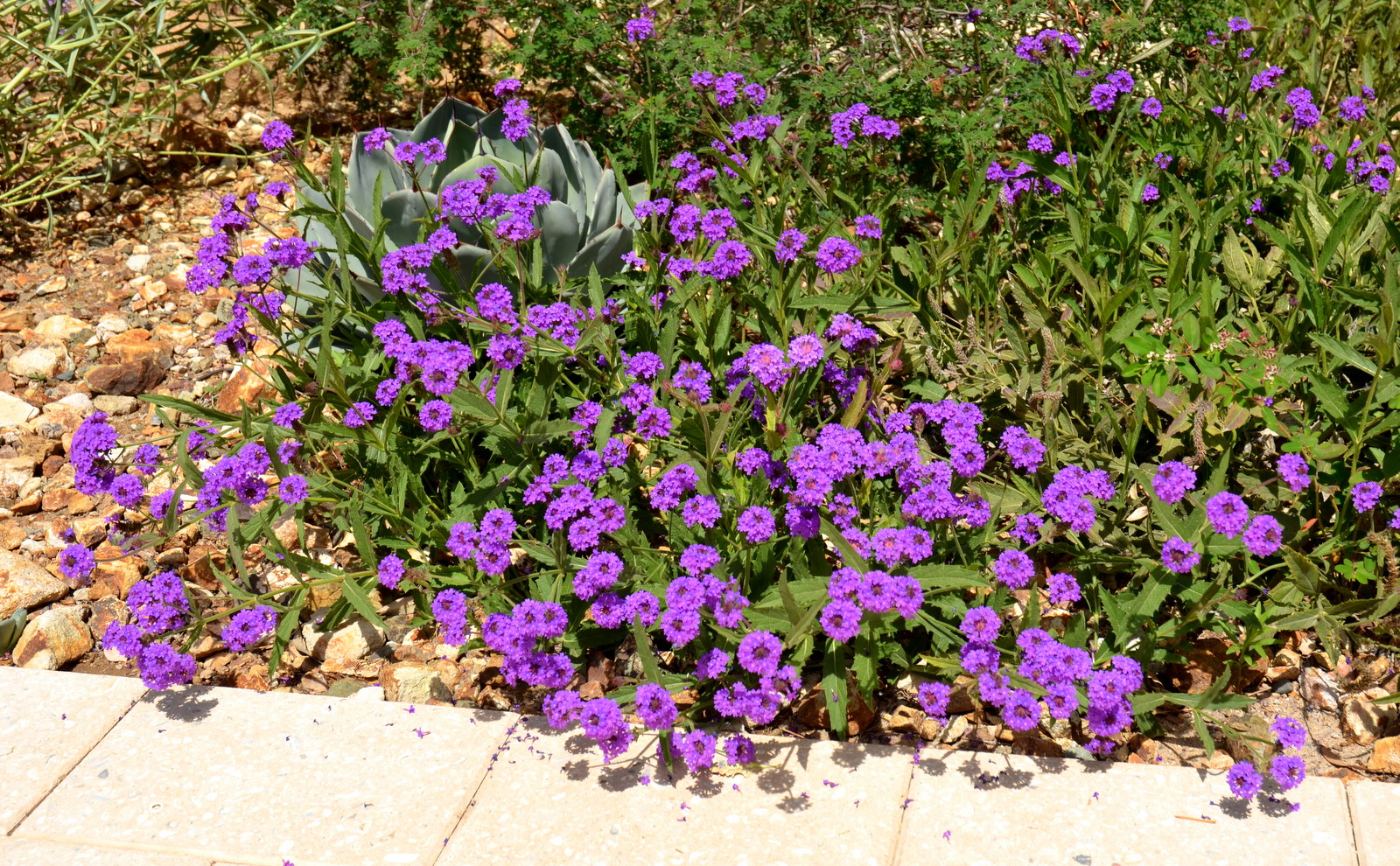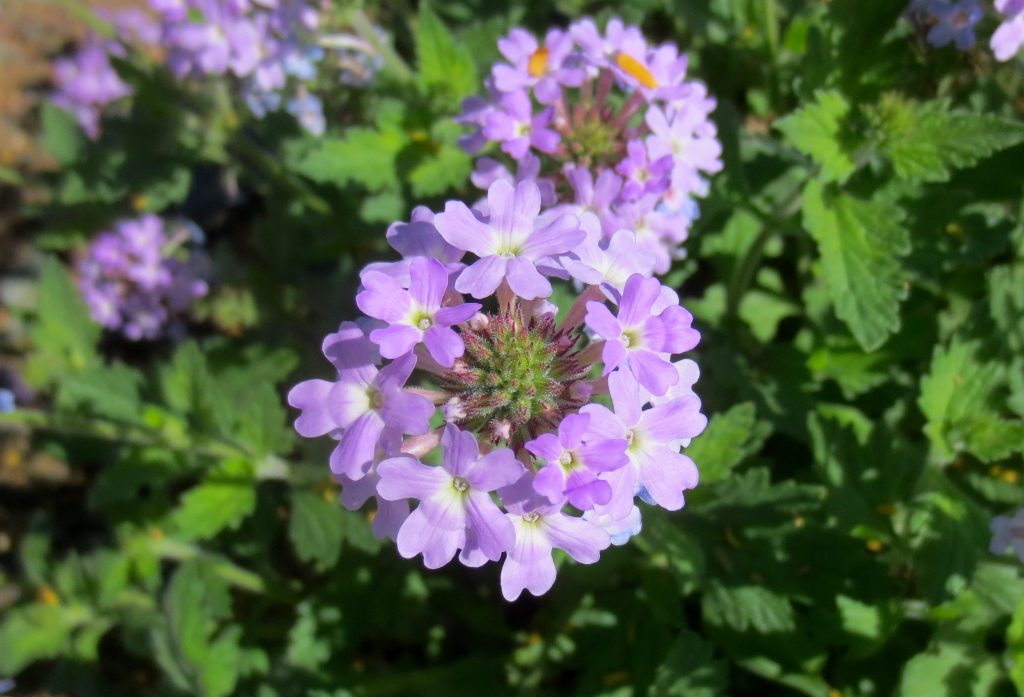FIRST, A BRIEF DISCUSSION OF SCIENTIFIC NAMES
Before we start talking about these beautiful groundcovers, we want to briefly discuss plant names with you. The botanical name given to plants is often referred to as the “scientific name” or “Latin name.” Each plant has a name made up of two parts, a generic (or genus) name and a specific epithet (or species) name. The beauty of scientific names is that it provides us with an international code to talk about a particular plant, not only with each other, but with others throughout the world. It’s a great way to make sure we are comparing apples to apples (that would be Malus pumila to Malus pumila). Of course, we also use common names for plants. The common name is like a nickname, and in that way, there can be many different common names used by many different people – which is what can cause confusion. Why do we bring all this up? Due to scientists always working on explaining the natural world, and because of advances in botanical knowledge, sometimes plants are reclassified into a different group and that’s when the ‘reliable’ scientific name may change. This is the case for Verbenas. They have been reclassified into the genus, Glandularia. However, when purchasing at a landscape nursery, you will most often find these plants sold under the old name of “Verbena.” All this comes down to explaining why we will list the currently accepted scientific name for these plants, but will fall back to the ‘verbena’ nomenclature when referring to the common name.
OK, LET’S TALK VERBENAS
Verbenas are perennial groundcovers that can provide spectacular splashes of color and interest to the landscape from spring into summer. These plants prefer growing in sunny locations and in well-drained soil. During their blooming period, weekly watering helps produce glorious flower displays. Irrigation can be reduced after the plants have finished blooming. Pruning off the dried flower stalks and spent foliage in early summer will give the plants a cleaner appearance. Verbenas are short-lived, so you should anticipate replacing them after two or three years. However, some species can re-seed and naturalize in the garden. Whiteflies are attracted to some verbenas in urban areas.

Glandularia gooddingii or Goodding’s Verbena
This verbena is native to Arizona and other parts of the southwest. Masses of lavender flowers provide spectacular springtime color, and contrast well with yellow flowering perennials. The foliage is light green, deeply lobed, and covered with white hairs. This plant forms a soft mound 8 to 12 inches tall by 3 feet wide. Since Moss Verbena can look a little ragged in the summer, it is most effective when mixed with more evergreen plants or treated as a spring annual. It requires supplemental water to make it through the hot summer months. The lifespan of this species is generally limited to two or three years.

Glandularia pulchella or Moss Verbena
Glandularia pulchella is native to South America (Brazil and Argentina), and thrives in semi-shaded or filtered sun locations in our desert climate. This species is very low-growing, only 4 to 8 inches tall, and spreads 2 to 5 feet across. Well-drained and rocky or sandy soils are preferred. Although the most common color is purple, you may also find pink and white selections. The foliage is dark green and fine-textured. While Moss Verbena tolerates our summer heat and blooms profusely in the spring and early summer, plants may die out in summer or need to be replaced after a few years. This species is thought to be the best verbena species for the Phoenix area.

Verbena rigida or Sandpaper Verbena
While native to Brazil and Argentina, this plant has naturalized across the Midwestern and southeastern United States. Because of its underground stems (rhizomes), Sandpaper Verbena can recover from severe freezes, and is a good choice for colder locations. Growing taller than the other verbenas, it can reach a height of 18 to 24 inches, and spread up to 4 feet wide. The rigid, narrow leaves have a distinctive sandpapery texture, and are much larger than other common verbenas. Vivid purple flowers cover the plant in late spring and last throughout the summer. If this plant starts to look ragged, simply cut the foliage back to the ground and fresh growth will sprout from the underground stems. Give this aggressive, fast-growing groundcover plenty of room to spread to avoid competition with surrounding plants.
Did you know that up to 70 percent of water use is outdoors? That’s why we love desert plants and feature them each month. It’s still a great time to plant non-tropical plants in your landscape, and you can learn more about verbenas (Glandularia species) and other plants on our Arizona Low-Water-Use Plants page. Visit our page on Choosing and Planting Low Water-Use Plants for tips on plant selection and how to plant properly. Also, be sure to read through all of our featured Plant of the Month blogs!
Note: Featured photo, upper right by Kirti Mathura.
This feature is based on a concept and text originally developed jointly by the Arizona Nursery Association and the Arizona Municipal Water Users Association (AMWUA) with partial funding from the Arizona Department of Water Resources. Learn more about these and other great desert plants at the Arizona Municipal Water Users Association’s Landscape Plants for the Arizona Desert plant database.


